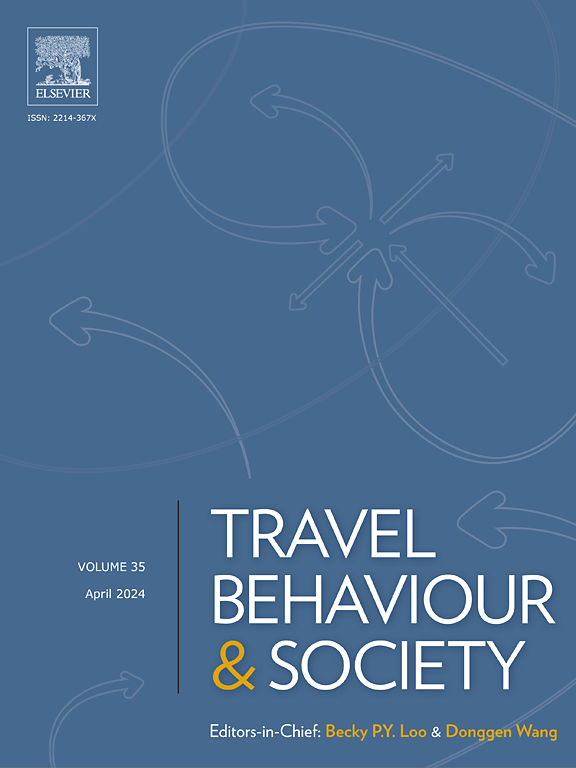Vulnerability analysis of urban road traffic network under cyber attacks on ride-hailing platforms
IF 5.7
2区 工程技术
Q1 TRANSPORTATION
引用次数: 0
Abstract
In the context of the information age, ride-hailing platforms have become an essential part of the urban transportation infrastructure system, greatly facilitating the travel needs of city residents. However, with the widespread application of ride-hailing platforms, network security issues have also become increasingly prominent, especially the malicious dispatching behavior that may have a serious negative impact on urban road traffic networks. In order to quantify the vulnerability of urban road traffic networks to malicious dispatching, this paper first designs a malicious vehicle dispatching scheme aimed at maximizing benefits based on graph theory methods, and simulates the attack effects by constructing a real-time traffic congestion model. Secondly, the vulnerability of the urban traffic network is measured by the connectivity between clusters within the city. Taking Nanjing as an example, this paper empirically analyzes the vulnerability of the road network in the central area during the morning peak period when subjected to a malicious dispatching attack by ride-hailing platforms. The results show that this type of attack can significantly reduce the road traffic capacity in some key directions, with only a few tens of vehicles dispatched. Moreover, there are significant differences in vulnerability in different directions. In response, we further identify the main factors causing these changes, aiming to provide a theoretical basis for improving the resilience of urban road networks in the information age.
网约车平台网络攻击下城市道路交通网络脆弱性分析
在信息时代背景下,网约车平台已经成为城市交通基础设施体系的重要组成部分,极大地便利了城市居民的出行需求。然而,随着网约车平台的广泛应用,网络安全问题也日益突出,尤其是恶意调度行为,可能对城市道路交通网络造成严重的负面影响。为了量化城市道路交通网络对恶意调度的脆弱性,本文首先基于图论方法设计了一种以效益最大化为目标的恶意车辆调度方案,并通过构建实时交通拥堵模型模拟攻击效果。其次,通过城市内部集群之间的连通性来衡量城市交通网络的脆弱性。本文以南京市为例,实证分析了中心城区道路网络在早高峰时段受到网约车平台恶意调度攻击时的脆弱性。结果表明,这种攻击方式可以显著降低一些关键方向的道路通行能力,只需要出动几十辆车辆。此外,不同方向的脆弱性存在显著差异。在此基础上,进一步识别导致这些变化的主要因素,旨在为提高信息时代城市道路网络的弹性提供理论依据。
本文章由计算机程序翻译,如有差异,请以英文原文为准。
求助全文
约1分钟内获得全文
求助全文
来源期刊

Travel Behaviour and Society
TRANSPORTATION-
CiteScore
9.80
自引率
7.70%
发文量
109
期刊介绍:
Travel Behaviour and Society is an interdisciplinary journal publishing high-quality original papers which report leading edge research in theories, methodologies and applications concerning transportation issues and challenges which involve the social and spatial dimensions. In particular, it provides a discussion forum for major research in travel behaviour, transportation infrastructure, transportation and environmental issues, mobility and social sustainability, transportation geographic information systems (TGIS), transportation and quality of life, transportation data collection and analysis, etc.
 求助内容:
求助内容: 应助结果提醒方式:
应助结果提醒方式:


